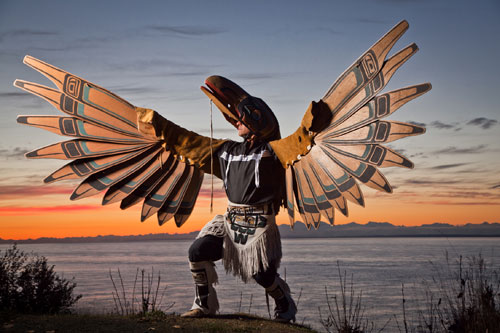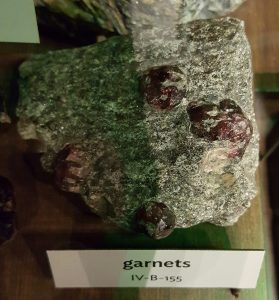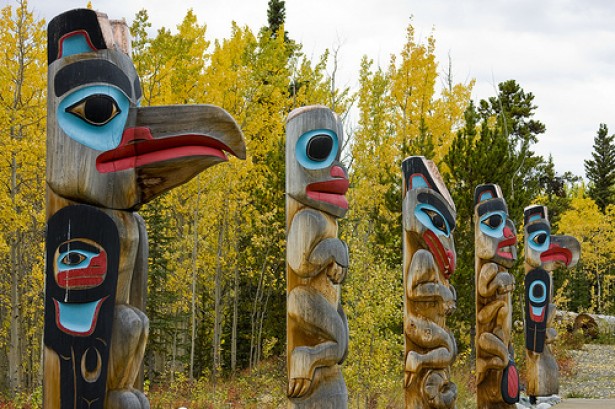(I’m kind of ripping off LB’s format here because it was so good. Thanks LB!)
Region: Interior (it can work with any) Class time: 2-3 full class periods
Description: From my experience, stories in Alaska Native culture can be a great way for elders or storytellers to pass down core values or life lessons to the next generation. These values that show up in stories aren’t apparent, but they also aren’t inconspicuous enough to not be understood. These stories would be great for a high school class to listen to and analyze. The great thing about this lesson is that it can be tweaked to fit into just about any grade level.
Class Session 1: Invite local elder or storyteller into the classroom to tell two or three stories to tell to the class (this is to give the class a variety of lessons/values to think about). The stories would be picked by the storyteller ahead of time, but approved by the teacher (preferably the stories would be ones that can also be found in print to be given to the students). The storytelling should last an entire 45 minute session. But if there is time left, or if the class period is longer that that time, there will be time to debrief about the stories.
Questions for Class 1:
- What did you like about each story?
- Did you find any similarities between the stories?
- What values do you think the creator of the story was trying to convey? (Stress to students that there aren’t any direct wrong answers. Metaphors can be open ended).
- What kinds of things to you value? (Maybe chart answers on the board?)
- This question will be one to leave the students on, so that they have some time to really think about it.
Class Session 2: Today’s class period will be focused on writing a story. (I’m kind of debating in my mind whether or not I should keep the student’s stories traditionally themed, or if I could let them spread out. Pete posed a perfectly legitimate thought about whether or not it could be science fiction or Star Wars-esque. Thoughts on this would be appreciated). The teacher would have left them the previous class period with that personal values question at the end of the day. Having their value in their mind, they will be responsible for writing a story based on their personal core values. These would be the values that they would want to pass down to their kids, nieces, or nephews. The values written into the story will have to be inconspicuous (or as much as they can). It would probably be most beneficial if the student have most of the class time to work on their story (the length of the story is something that can be tweaked to fit the general expectations of the grade level)(I also think that there should be a minimum page length rather than a max, or even a range. Some stories take a lot of time to get that lesson across). Save fifteen minutes at the end to debrief and think about their story.
Questions for Class 2:
- What did you find was the most difficult part of the story writing process?
- Do you think that you conveyed your value/ lesson clearly?
- What do you think the benefits of listening to a family member/elder/storyteller tell a story with a lesson in it are?
- Is it better or worse than just listening to them tell you directly?
Class Session 3: This class will be devoted to reading the student’s stories aloud (or in small groups?). The rest of the class will then try and guess what the “storyteller’s” teachable value would is.
Questions for Class 3:
- Having listened to the class try and guess your values, do you think you did a good job conveying your value clearly without it being apparent?
- Did you have a tough time not giving it away when the other students were getting close to guessing your value?
Anyway, these are just some ideas that I had about the project. I realize that I dove into it probably far further than I was expected to go, but that’s kind of what happens when you’re passionate about something.
Gunalchéesh,
Joe
Photo (Tlingit artist and storyteller, Gene Tagaban) courtesy of http://www.sitnews.us/0111News/010711/Gene-Raven.jpg




